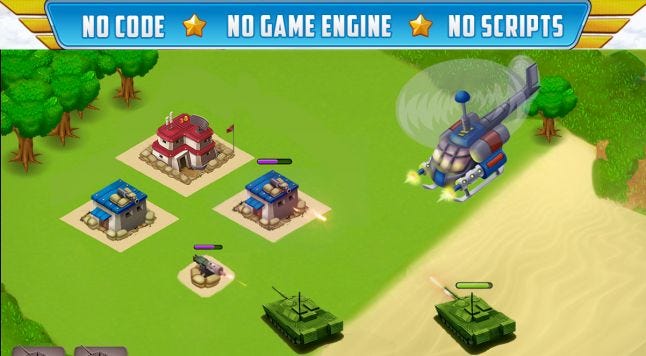
Next Generation Game UX Prototypes and prototyping skills are here! If you have been reading or following this article series since last year, you are in for a treat! (Previous articles in this series can be found here and here.)
To recap: Necessity indeed is the mother of invention, and methodology behind this series was born with:
LACK of dev. capacity & time for UX prototyping.
The NEED & DESIRE for pushing the boundaries of existing UX tools.
Prototypes are the bedrock of usability testing way early in pre-production to gather valuable make-or-break user feedback.
*Image above shows various touch points for prototype testing in pre-prod cycle.
As described in previous articles, through many iterations we realised a holistic design sprint approach which is called Cross Discipline Teamwork (CDT Sprints) which aims at pulling in different creative disciplines like Game Design, Art, UX, UI at the right times during pre-production using an agile model. This creates opportune overlaps during a features' pre-production cycle thereby building to an opportunity to rapid prototype near product like experience.
CDT Waterfall Sprint:
*CDT Sprint planning to show all disciplines pouring in to prototyping window
These sprints result in an unbelievably robust near-finish feature experience in high fidelity that can rival (and even in some cases exceed) real products aspirations. It can be placed in the hands of your play testers and stakeholders, used for A/B testing or just used in hackathons for pitching game ideas. And best part?
Hi-fidelity, near finish, robust prototypes can be created without writing a single line of code or using a game engine, with unbeatably fast turnaround times!
But, that's not all...
Enter Generation 2 Prototyping: Switching prototyping mindset from "T-Type" to "Type-8" format.
While the previous articles in the series did push the limits of existing UX prototyping tools, they can be safely catalogued as Generation 1 prototypes.
With multiple iteration cycles, learnings from user tested prototypes & advancements in state of the art prototyping tool, we have moved towards more refined & immersive Generation 2 prototypes.
The focus of this article is not simply how to create prototypes that feel more robust, polished, animated and deliver a real world product experience, but it runs way deeper. With continued experiments overtime with our usability tests, we realised that while standalone prototypes that follow traditional "T-Type" format do generate valuable information about usability of our product, they do not necessarily give players the whole context or the bigger picture. Let me elaborate:
T-Type Prototyping
Most softwares and apps, if not all of them, have linear decision making tasks for users which result in the creation of "T-Type" prototyping. That is ones that go deep but don’t (or have no need to) go wide.
Most "T-Type" prototypes (and hence final products) dichotomise information, that is there are no clear overlaps between tasks and outcomes as one task may be completely independent of others. Such tasks do not necessarily interlink or require users to go through a closed loop or though multiple features to reach the goal.
In a banking app example below (figure (1)) that shows a simple app that may have different features like accounts summary, transfers, e-statements etc. Figure (2) though shows the possibility for the user to carry out each of these tasks independently.
Example for making "Fund Transfers" a user does not needs to look at e-statements and vice versa.






































